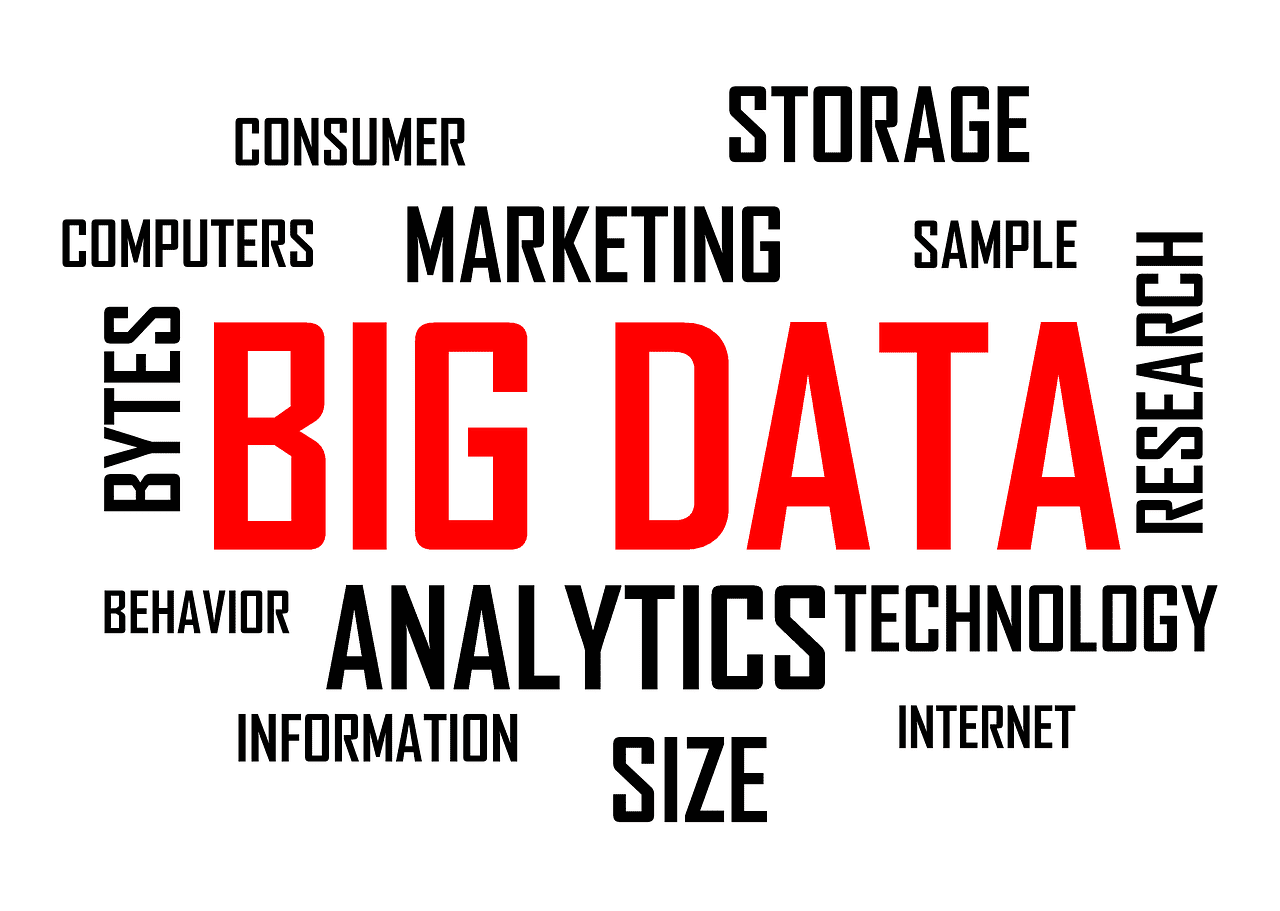What do you need DAM for?

This abbreviation stands for Digital Asset Management. DAM platforms are used as centralised solutions for digital content management, storage and distribution. If you’re looking for a DAM platform for your business, you’re spoiled for choice – there are quite a few of them. So, how do you make a choice? In this post, we want to show you what you need to pay attention to in order to pick a DAM platform that’s useful and tailored to your business.
Storing and managing online content is more than just putting it on a virtual cloud drive (like Google Drive or Dropbox). There are other questions to consider, five of them actually. Let’s take a closer look at them.
Five areas where DAMs are incredibly useful
DAMs come with many options and features. Some of them are universal, and some are just for selected companies. What’s common, though, is that the majority of DAM tools help companies with five content-related issues:
- Ineffective asset management: You need a platform that provides access to a centralised repository for all of your digital assets. As a result, your team, no matter how big or dispersed, can work with digital content easily and seamlessly.
- Lack of control: Storing files is one thing. Managing them effectively is the other. As a company owner or marketing manager, you need full control over your files, including different versions of the same file, efficient copyrights management and metadata management (e.g., for SEO purposes). That’s what DAMs are for.
- Team collaboration: If you have a large team, effective collaboration can be challenging. With a decent DAM platform, you don’t need to worry about that – everything is accessible and readily available for every team member.
- Content performance and analytics: Do you know what happens with your content? How popular it gets? Where is it published? Advanced DAM platforms come with analytics and reporting features so that you can measure the performance of your content. It can be a vital help when it comes to tweaking your SEO or content marketing strategy.
- Dealing with large projects: Some digital projects require working with hundreds and thousands of files and pieces of content. A good DAM platform is up for the challenge! These tools are ready to work even with large-scale projects involving many assets and teams.
As you can see, a good DAM platform can help you with your projects and everyday work. How do these tools differ from typical cloud-hosted file storages, though? The short answer is they are more flexible and advanced. With DAMs, you have access to more features and functions (e.g., advanced editing or creative software) so that you can work with diverse types of content (text, audio, video and images) frequently without using other tools. However, this doesn’t mean that every company need a DAM tool. If you feel like cloud storage is sufficient for your work, that’s totally fine.
If you’re looking for a DAM platform for your business, make sure it will help you solve your common work-related problems. Plus, you should pay attention to available features, as they make the use of such a tool truly hassle-free. There are also five essential features to consider.
Other DAM features
As you already know, DAMs are not only about storing and distributing files. These are AIO (all-in-one) platforms for everything content-related. Therefore, ensure your DAM comes with these features that will make your work easier:
- Metadata management
- Different file version management
- Integrations with other tools
- Content management and editing features
- Workflow and collaboration features
Do you want to know more about DAMs? You can start by comparing available solutions! That’s what you will find in the full version of this article: https://noaignite.co.uk/blog/dam-platform-comparison



 If you’ve decided that now is the time for your business to make the transition to Big Data Analytics; great choice. Not only will you be able to analyze and process much more relevant information than before – you’ll also be able to begin putting it to good use as your business ambitions expand. Here are 4 winning strategies to help you with adopting BDA and take your company to the next level.
If you’ve decided that now is the time for your business to make the transition to Big Data Analytics; great choice. Not only will you be able to analyze and process much more relevant information than before – you’ll also be able to begin putting it to good use as your business ambitions expand. Here are 4 winning strategies to help you with adopting BDA and take your company to the next level. Sixty-six percent (66%) of job seekers consider a company’s culture and values an essential factor in choosing a career opportunity. The CEO is in a position to ensure that a company’s culture is strong, healthy, and nurturing. The right culture will attract the best employees and lead to better results for the company.
Sixty-six percent (66%) of job seekers consider a company’s culture and values an essential factor in choosing a career opportunity. The CEO is in a position to ensure that a company’s culture is strong, healthy, and nurturing. The right culture will attract the best employees and lead to better results for the company.